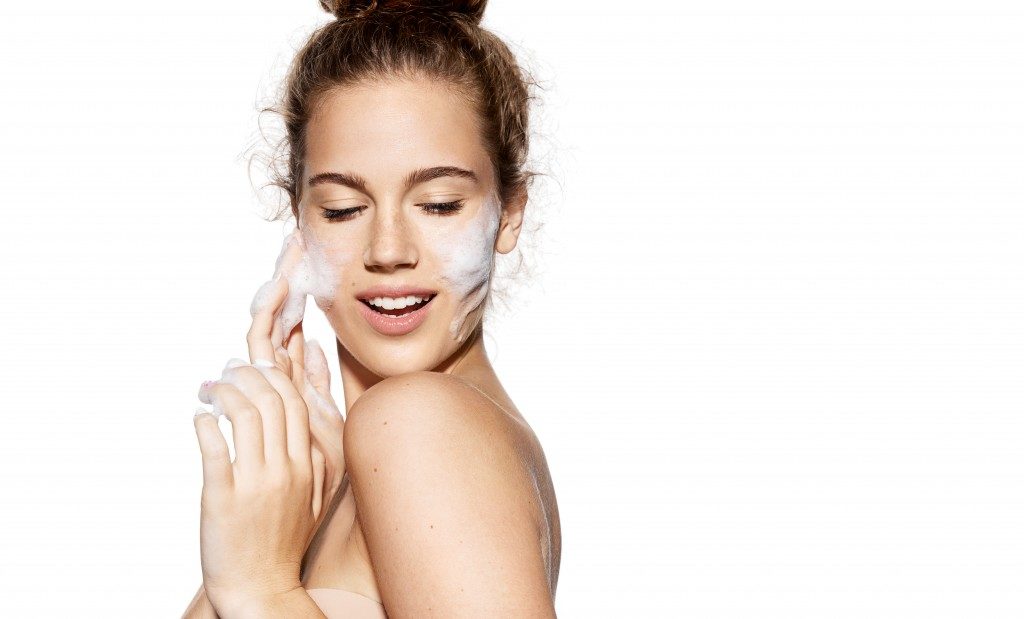The term “acid” seems to strike fear in the hearts of people who are just starting to build a skin care regimen. However, acids, when used properly and at the proper concentrations, are among the most beneficial and effective ingredients when it comes to skin care.
They help fight acne, discoloration, scarring and all sorts of aging signs, such as wrinkles, fine lines and dull-looking skin. The key to choosing an acid is knowing which targets your skin concerns.
Glycolic Acid: An Excellent Starter Acid for Exfoliation and Anti-Aging
The most widely used AHA or alpha hydroxy, glycolic acid is a potent exfoliator that can help reduce the appearance of discoloration and fine lines, boost skin thickness, even out texture, and prevent acne. It is also commonly used to treat pigmentation and acne in combination with micro needling and microdermabrasion.
Salicylic Acid: A Potent Anti-Acne
Salicylic acid penetrates deep into the pores to get rid of all the nasty stuff that causes acne. It is used in very high concentrations for chemical peels (usually combined with glycolic acid), and treating sun damage, melasma, age spots and acne scars under the guidance of a dermatologist. Salicylic acid is also used for treating corns, calluses and warts.
Vitamin C: A Powerful Antioxidant and Brightener
Vitamin C is known to be an extremely potent antioxidant that helps safeguard the skin against free radical damage due to environmental factors such as the sun and pollution. It is also a very effective anti-aging ingredient since it helps boost collagen production and brighten the skin. Most dermatologists recommend using vitamin C in serum formulations and using it in the morning after your herbal skin toner to ensure deep penetration, but before any heavy creams and sunscreen.
Retinoic Acid: The Queen of Anti-Aging
This vitamin A derivative is highly capable of boosting cell turnover, deep exfoliation, increasing collagen production, and keeping acne at bay that dermatologists hail it as the most potent anti-aging acid. But not all people can tolerate retinoic acids, so it is best to start with the lowest concentration once to twice weekly to see how your skin would react.
Azelaic Acid: A Formidable Alternative to Retinoic Acid and Salicylic
For those with mild to moderate acne and cannot tolerate salicylic acid and retinoic acid, azelaic acid might just be the game-changer you are looking for. It fights acne-causing bacteria, keeps pores tight and clean, decreases inflammation, and fades PIH or post-inflammatory hyperpigmentation from acne scars.
Hyaluronic Acid: A Mighty Hydrating Acid

Hyaluronic acid functions to attract and retain water to the skin in order to hydrate and moisturize it. Your body naturally produces this acid and helps give your skin that plumpness, elasticity and healthy glow. As you age, however, the production of hyaluronic acid declines, so you would need to get it from external sources such as serums and lotions.
Do note though that while acids can really help address your skin concerns, you need to do some trial and error especially if you are targeting multiple skin issues. Regardless of which acid you choose to use, keep in mind that patience, consistency and daily sunscreen application are key to visible and long-lasting results.



